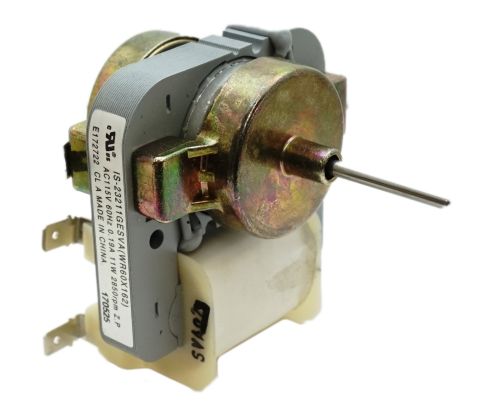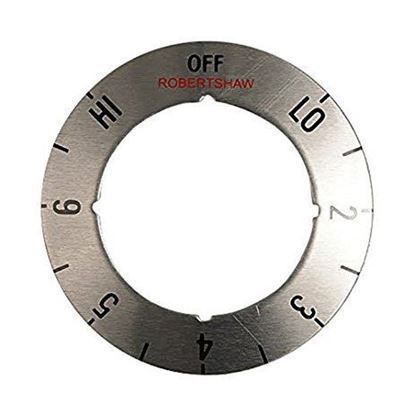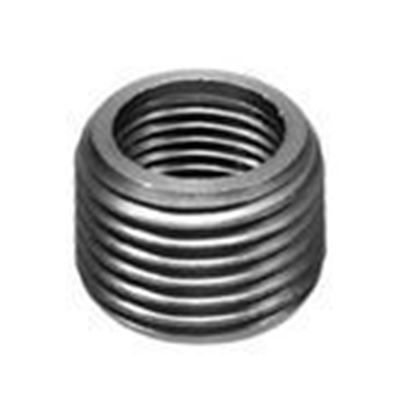
How to Perfectly Match Kitchen Appliances with Cabinet Style
The kitchen is a space where culinary creativity meets daily life. Achieving a harmonious and inviting kitchen environment hinges significantly on the seamless integration of its key components: cabinetry and appliances. The visual impact of harmonizing these elements is profound; it dictates the overall aesthetic, influences the perception of space, and ultimately contributes to the joy of spending time in this vital room. This article explores the nuances of pairing kitchen appliances with your cabinet style, transforming your kitchen from merely functional to a masterclass in design. We will explore diverse styles, finishes, types of appliances, color schemes, and practical considerations, such as layout and budget.
Unveiling Your Kitchen's Design Identity
Before embarking on the journey of matching, it's imperative to understand the foundational design style of your kitchen. This understanding acts as a compass, guiding your subsequent decisions.
-
Modern: Modern kitchens are defined by their clean lines, lack of ornamentation, and emphasis on functionality. Cabinetry in modern kitchens typically features flat panels, often with handleless designs or sleek, minimalist hardware. For this style, appliances with equally clean lines and understated aesthetics are paramount.
-
Traditional: Traditional kitchens exude warmth, elegance, and timeless appeal. They often feature raised-panel cabinets, decorative molding, and rich wood tones or classic painted finishes. In a traditional kitchen, appliances can either complement the classic aesthetic with more substantial designs and perhaps classic finishes, or they can be integrated for a more refined look.
-
Farmhouse: The farmhouse style embraces rustic charm, comfort, and a connection to the past. Distressed finishes, open shelving, and perhaps a mix of cabinet styles are common. Farmhouse kitchens often feature a prominent range or a classic-style refrigerator. Appliance finishes like stainless steel, black, or even white can work, depending on the specific interpretation of the farmhouse style.
-
Transitional: This popular style strikes a balance between traditional and modern elements, offering flexibility and broad appeal. Transitional kitchens might feature Shaker-style cabinets, which bridge the gap between flat-panel and raised-panel designs. This versatility extends to appliance choices, allowing for a mix of finishes and styles.
Understanding your cabinet style is the first and most critical step because it sets the stage for the entire appliance selection process.
Choosing Appliance Finishes that Complement Cabinets
The right finish can elevate the entire design, while a mismatched one can create visual discord.
-
Stainless steel: A perennial favorite, stainless steel offers a neutral, clean, and professional look that works with virtually any cabinet style and color. Its reflective surface can also help to brighten a kitchen. There are variations in stainless steel, including smudge-proof finishes, which are worth considering for practicality.
-
Matte black: Matte black appliances have gained significant popularity for their sophisticated and contemporary appeal. They offer a bold contrast, particularly against lighter cabinets, and can create a dramatic focal point.
-
Panel-ready options: For the ultimate in seamless integration, panel-ready appliances are the answer. These appliances are designed to accept custom panels that perfectly match your cabinetry, making the appliance virtually invisible. This is an excellent choice for minimalist designs or for creating a high-end, custom look.
The decision to match or contrast appliance finishes with your cabinets is a design choice with significant impact. Matching finishes create a sense of uniformity and calm, where appliances recede into the background.
Appliance: Matching by Type
Each appliance type presents unique considerations when it comes to matching with cabinetry:
-
Stoves & ovens: Built-in ovens and cooktops are installed directly into cabinetry or a kitchen island, offering a streamlined and integrated appearance. They are ideal for modern and transitional kitchens. Freestanding ranges, which combine a cooktop and oven in one unit, are more traditional and can serve as a prominent focal point, particularly in farmhouse or traditional kitchens.
-
Refrigerators: Counter-depth refrigerators are designed to align with the standard depth of kitchen countertops, creating a more built-in look compared to full-depth models, which extend further into the kitchen space. Counter-depth is often preferred for its streamlined appearance, especially in smaller kitchens or when seeking a high-end look.
-
Dishwashers: Similar to refrigerators, panel-ready dishwashers can be fitted with custom panels to match your lower cabinets, creating a concealed and streamlined look. This is a highly sought-after option for modern and transitional kitchens where a clean, uninterrupted flow of cabinetry is desired.
-
Washers & dryers: In homes with combined kitchen and laundry spaces, the visibility of washers and dryers needs careful consideration. If they are visible, consider matching their color to your cabinetry or opting for models with a finish that complements the kitchen appliances.
2025 Kitchen Trends: Must-Have Luxury Appliances for the Modern Home
Color Schemes & Appliance-Cabinet Harmony
Color is a powerful design tool that can significantly impact the feel and style of your kitchen. When it comes to matching appliances and cabinets, color plays a crucial role:
-
Using neutral tones: Neutral cabinet colors like white, gray, beige, and various wood tones provide a versatile backdrop that works well with a wide range of appliance finishes. White cabinets with stainless steel appliances create a classic and bright look, while gray cabinets with black stainless steel appliances offer a more contemporary and moody feel.
-
Bold contrasts: For those who prefer a more dramatic and modern aesthetic, creating bold contrasts between appliance colors and cabinet colors can be highly effective. Black appliances against white or light-colored cabinets create a strong visual statement.
-
Mixing appliance colors with cabinet accents: You don't have to stick to just one appliance finish. In some designs, mixing finishes can add visual interest. For example, stainless steel major appliances can be paired with a black range hood or a colored stand mixer that picks up an accent color in the cabinetry or backsplash.
Layout & Proportion Considerations
Beyond style and finish, the physical placement and proportion of appliances within your kitchen layout are critical for a harmonious design:
-
Ensuring symmetry: Whenever possible, strive for symmetry in the placement of appliances and cabinetry. This creates a sense of balance and order. For example, a range centered between two symmetrical banks of cabinets or a refrigerator placed at the end of a cabinet run can contribute to a visually pleasing layout.
-
Appliance sizes that suit cabinet spacing: Ensure that the size of your chosen appliances is appropriate for the spacing within your cabinetry. An oversized refrigerator crammed into a small space will look awkward and disrupt the flow. Similarly, a small appliance in a large gap will appear undersized and out of proportion.
Built-in, Integrated, and Freestanding Options
The level of integration you desire for your appliances will also influence your choices and the overall look of your kitchen:
-
Built-in vs. freestanding: Built-in appliances offer a sleek, custom look and can maximize counter space. However, they can be more expensive to purchase and install, and changing them out in the future can be more involved. Freestanding appliances are generally more affordable and easier to install and replace, offering greater flexibility in layout.
-
Integrated Appliances: Integrated appliances, particularly those that are panel-ready, are designed to disappear into the surrounding cabinetry. This creates a minimalist and highly customized look, where the focus is on the cabinetry and overall design rather than individual appliances. This option is ideal for those who desire a clean, uncluttered aesthetic.
How to Organize Kitchen Cabinets: 10 Simple and Effective Tips
Budget-Friendly Tips for Matching Appliances with Cabinets
Even with a modest budget, homeowners can achieve a harmonious kitchen aesthetic using creative, low-cost strategies that enhance appliance and cabinet cohesion.
|
Tip |
Description |
|
Affordable ways to upgrade appearance |
|
|
Focus on key appliances |
|
|
Utilize trim kits |
|
Creating a perfectly matched kitchen where appliances and cabinetry coexist in harmony is an art form that combines an understanding of design principles with thoughtful planning and attention to detail. It's about creating a space that is not only highly functional but also aesthetically pleasing and reflective of your personal style. By considering the design style of your kitchen, carefully selecting appliance finishes, understanding the unique needs of each appliance type, utilizing color effectively, paying attention to layout and proportion, exploring built-in and freestanding options, coordinating hardware and trim, and incorporating budget-friendly strategies, you can transform your kitchen into a cohesive and inviting space that you will love for years to come. HnKParts is your trusted online destination for premium-quality home appliance parts. We provide a comprehensive selection of replacement parts for stoves & ovens, dishwashers, refrigerators, washing machines, and dryers.
FAQs
Can I mix different appliance brands and still match my cabinet style?
Yes. While uniform brands ensure consistent finishes, mixing brands is fine if color tones and handle styles are cohesive. Using cabinet panels or matching trim can help tie the look together.
How do I match my laundry appliances with cabinetry in a multi-use kitchen-laundry room?
Choose stackable or front-load washer-dryer sets with a clean, neutral finish. Use built-in cabinetry or custom enclosures to create visual consistency and hide utility connections.










